As you do your research, you’ll likely see implant placement options such as “over the muscle” or “under the muscle.” But as with a lot of medical terminology, the terms about breast implant placement tend to be oversimplified and somewhat confusing. We want you to be as well-informed as possible before your breast augmentation at our Paramus, NJ, practice, so we’ve decided to clear things up.
What Are Breast Implant Placement Preferences of New Jersey Patients?
Over or Under the Muscle?
First, let’s discuss what these two terms actually refer to. “Over the muscle” is a common phrase used to describe subglandular or retromammary implant placement. In other words, the implant is placed on top of the pectoral muscles (chest muscles) but beneath the skin, fat, and glandular tissue of the breast. Once the standard, subglandular placement is now seen generally as less favorable because the implant can be easier to see and feel underneath the skin.
The commonly talked-about alternative is “under the muscle” implant placement, where the implant sits partially beneath the chest muscle.
Under the Muscle = Partial Submuscular
The terms “under the muscle” and “submuscular” implant placement are somewhat inaccurate—they’re actually referring to partial submuscular placement. The lower attachments of the pectoralis major muscle (the outermost chest muscle) are released, and the implant is placed so that this muscle covers the top part of the implant, while the bottom part of the implant is covered by breast tissue only.
Partial submuscular placement offers a few benefits. It:
- Allows for a smoother transition from the chest wall to the implant
- Provides more tissue coverage
- Typically achieves a more natural-looking result than subglandular placement
What Does Dual Plane Mean in Breast Augmentation?
Now that we’ve distinguished partial submuscular placement, let’s discuss how plastic surgeons like Dr. Parker adjusts their technique to make sure your breast implants are in just the right place to look natural with your unique contours. It’s called “dual plane” breast augmentation.
With this technique, the pectoralis major muscle is released on two different planes:
- From the chest wall (the lower attachments)
- From the overlying breast tissue.
The goal is to create a pocket, or space for the implant, to achieve the most aesthetically pleasing breast shape once the implant is placed. A key advantage of the dual plane technique over other options is that it allows surgeons to achieve optimal results in various patients with different breast shapes and sizes.
Dual Plane I Breast Augmentation (“Partial Submuscular”)
A Dual Plane I breast augmentation describes the classic partial submuscular or “under the muscle” breast augmentation. This is the most commonly performed technique for patients with a normal breast shape and who do not have any sagging to correct. In Dual Plane I, only a minimal amount of overlying breast tissue is released from the pectoral muscle.
Dual Plane II & III Breast Augmentation
In Dual Plane II augmentation, the overlying breast tissue is released partway up to the nipple, while in Dual Plane III augmentation, the overlying breast tissue may be released all the way up to the nipple. This greater muscle release allows the implant to expand more into the lower part of the breast, which raises the nipple and areola slightly. These variations of the dual plane implant placement allow Dr. Parker to achieve aesthetically pleasing results for a mildly sagging breast without performing a breast lift. Our infographic helps to illustrate the differences between these implant placement techniques:
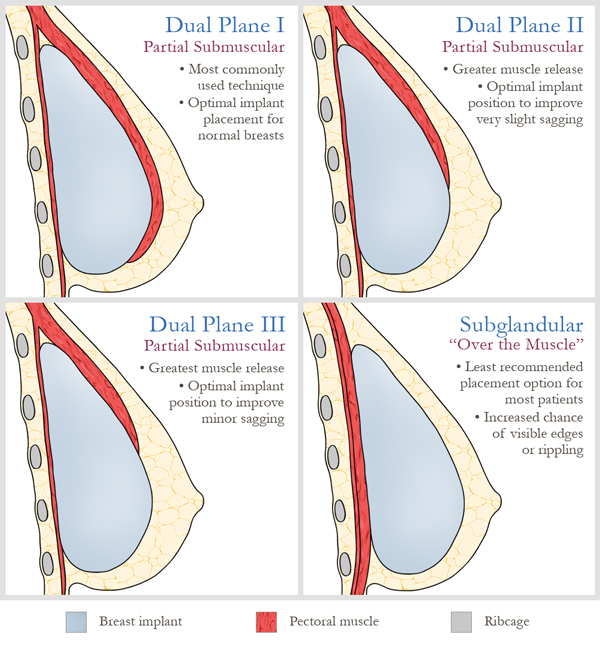
So when you see the terms “under the muscle,” “submuscular,” or “partial submuscular,” most likely these are referring to some variation of the dual plane breast augmentation technique.
Why We Prefer Dual Plane Breast Augmentation
While Dr. Parker has performed all of these techniques, he most often uses the dual plane technique for the following reasons:
- This optimizes the implant-soft tissue interface by adjusting the relationship between the breast tissue and the pectoralis major muscle.
- Patients benefit from the advantages of both subglandular and partial submuscular augmentation.
- By releasing the attachments of the overlying breast tissue to the pectoralis major muscle to varying degrees based on an individual patient’s anatomy, Dr. Parker can customize the best-looking breast for the patient.
- Dr. Parker believes the dual plane technique results in more natural-looking breasts that are less likely to develop capsular contracture (harden postoperatively) and allow a radiologist to see breast tissue more easily on mammograms.
Want to Know More? Schedule a Consultation!
If you’re considering your options for breast augmentation or another plastic surgery in New Jersey, contact us. Our consultations are free, helpful, and fun. Dr. Parker and our patient coordinators will go over all of the details about breast augmentation surgery, breast implant choices, and, of course, your implant placement options.

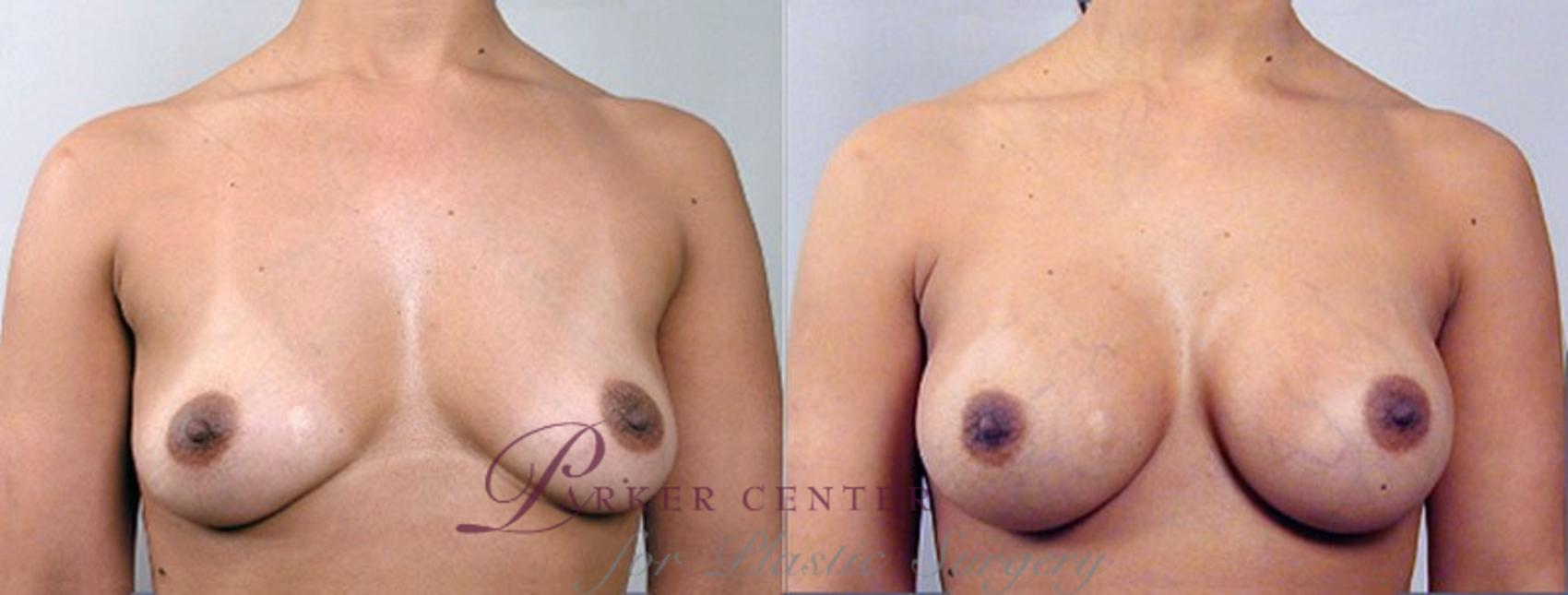
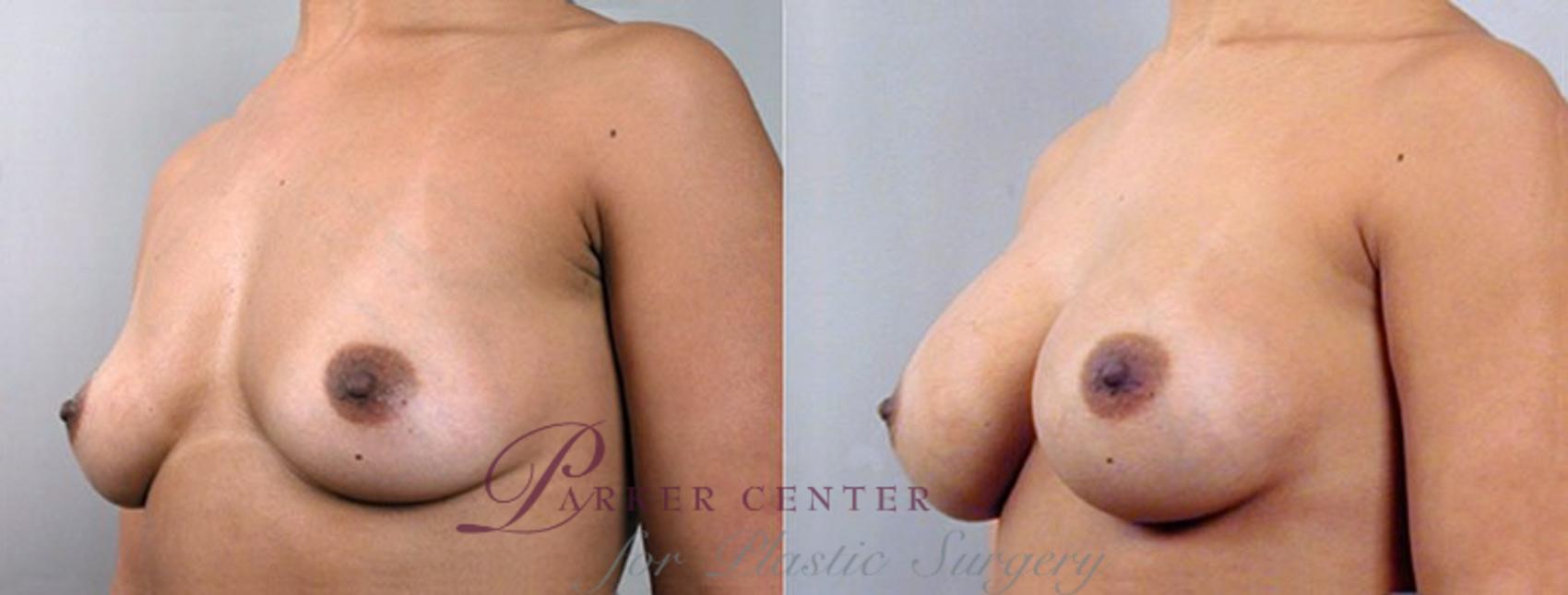
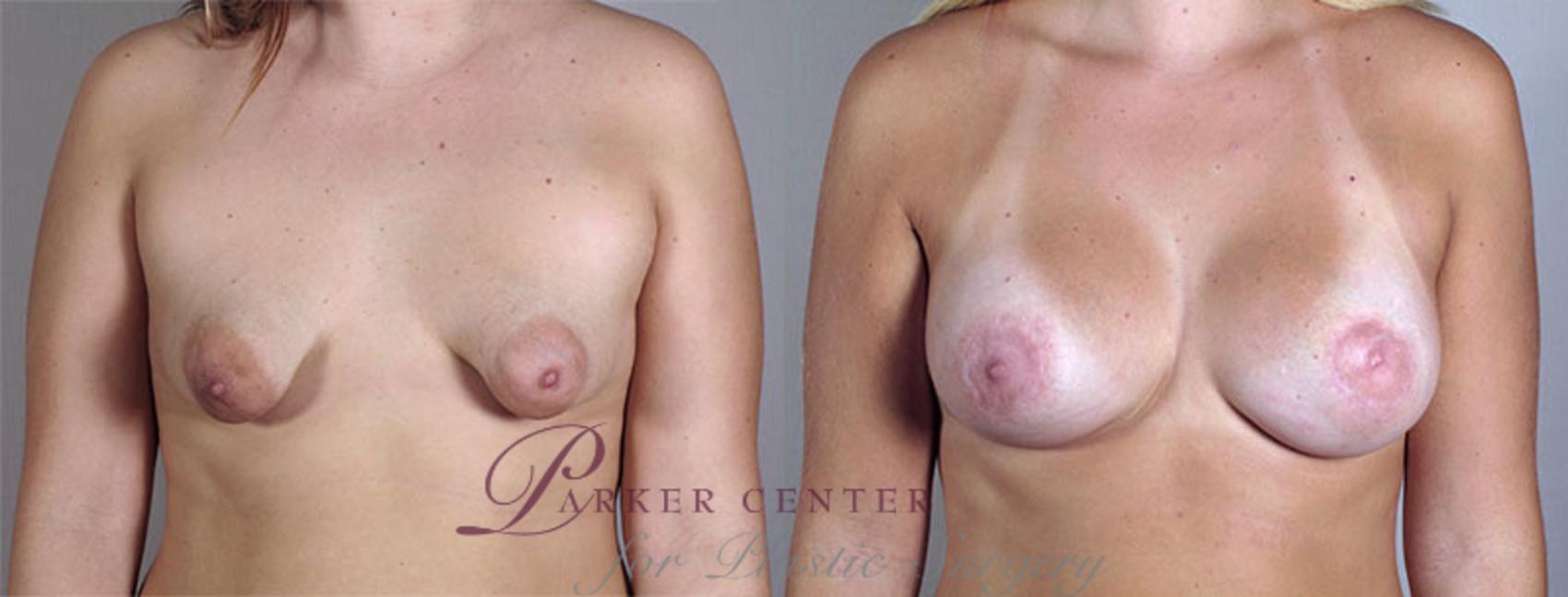
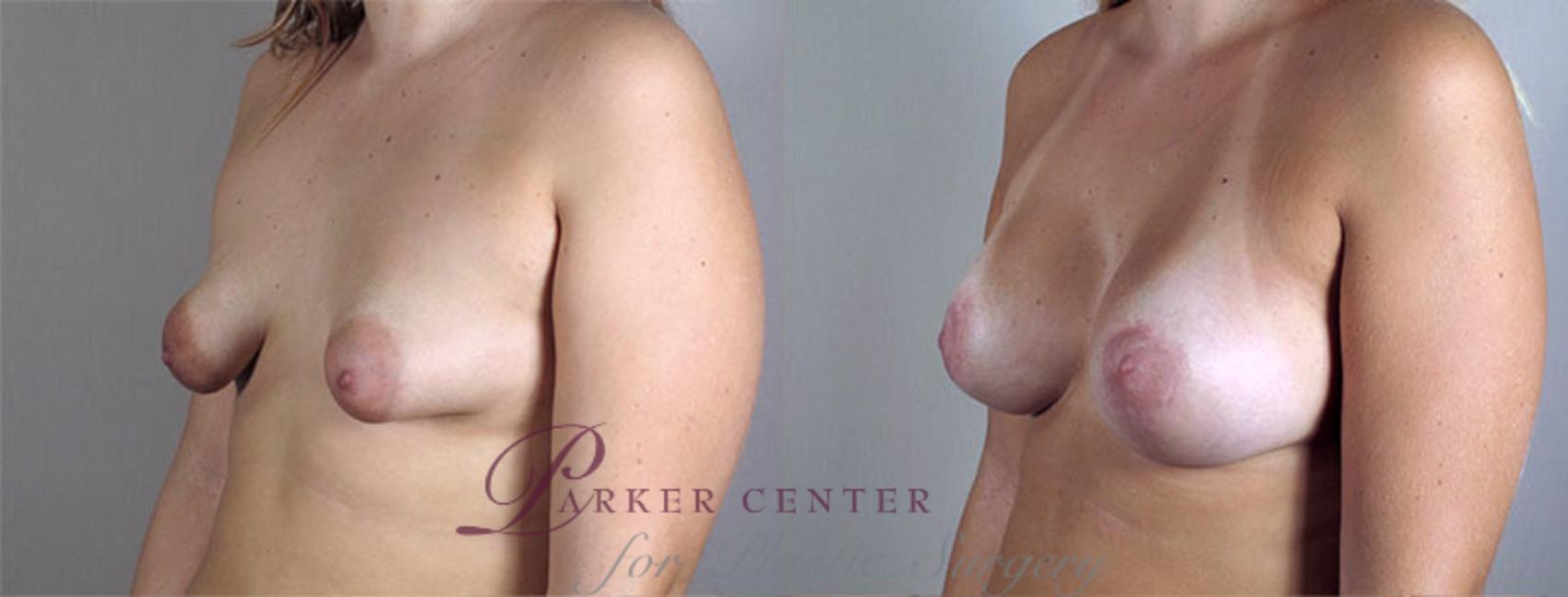

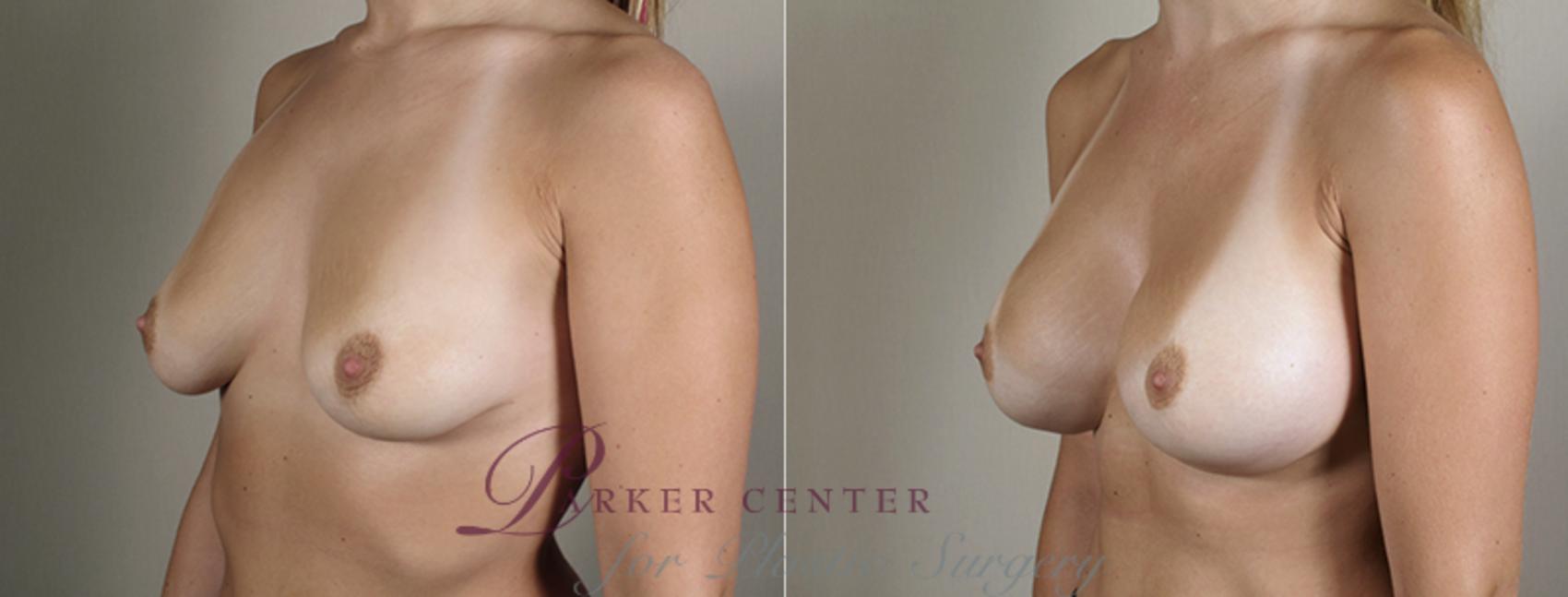
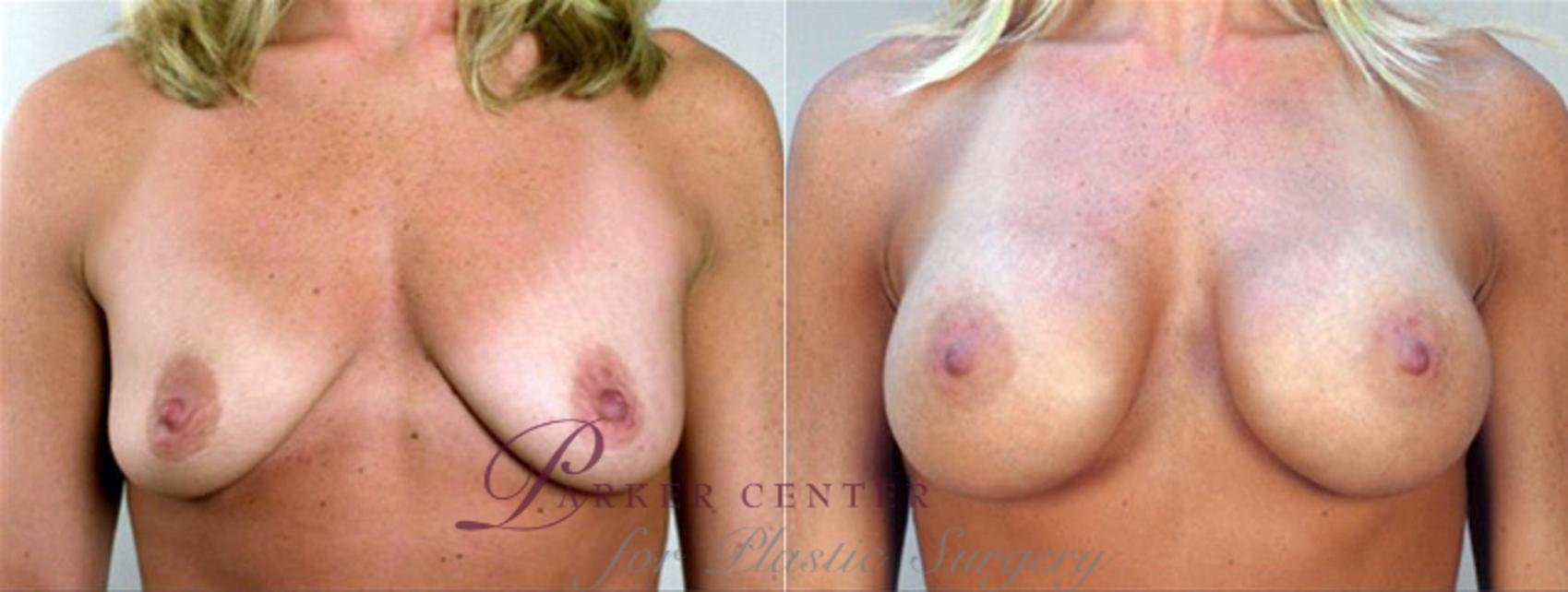

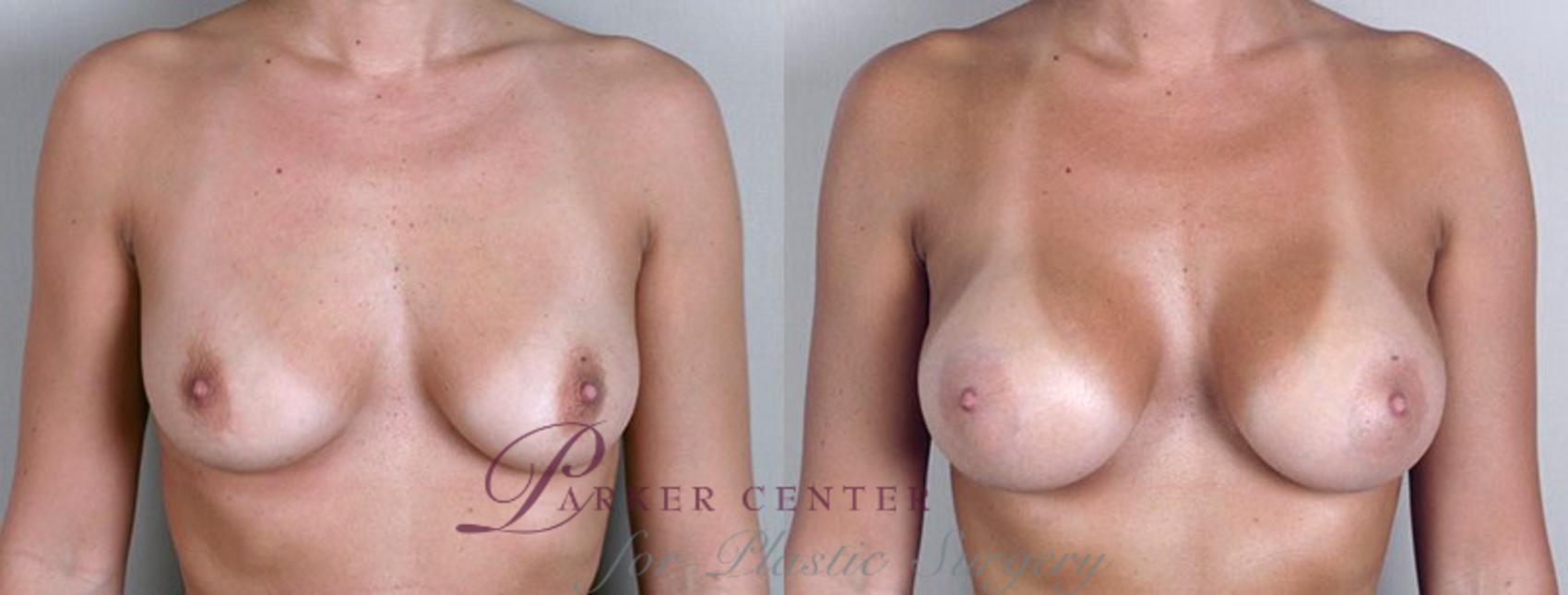
Leave a Reply